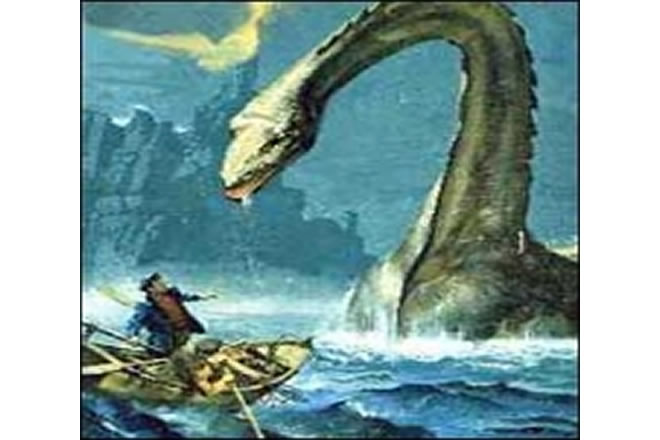
Reports of a mysterious creature in Loch Ness, Scotland go back to around the 6th century, but the legend of the Loch Ness Monster, nicknamed "Nessie," got a boost in the early 1930s with several reported sightings and alleged photographic evidence. In 1934 an English surgeon named R. Kenneth Wilson took what is perhaps the most famous photo (sometimes called the "Surgeon's Photo"), supposedly showing a head and neck above the water and indicating a very large creature. Since then there have been thousands of reported sightings and countless attempts to find and photograph the "monster," which apparently resides in the dark, deep lake in the Scottish highlands (Loch Ness is about 24 miles long and 700 feet deep in places) and is inexplicably referred to as a female. In the 1970s an investigation used sonar to prove that "large objects" existed in the lake, and Robert Rines, a lawyer from the United States, produced an underwater photo that was later dismissed by the British Museum (they said the photo showed gas bubbles, not a long, finned critter). Some have suggested the creature is a remnant of the Ice Age, some have suggested it is some form of mammal and others think it's the product of wishful thinking. Even the best photos and underwater cameras have failed to solve the mystery once and for all.
Sir Peter Scott (son of explorer Robert Falcon Scott), a member of an investigation team in the '70s, dubbed the creature Nessiteras Rhombopteryx, which some skeptics noted was an anagram of "Monster hoax by Sir Peter S." Robert Rines responded with his own anagram: "Yes, both pix are monsters,

